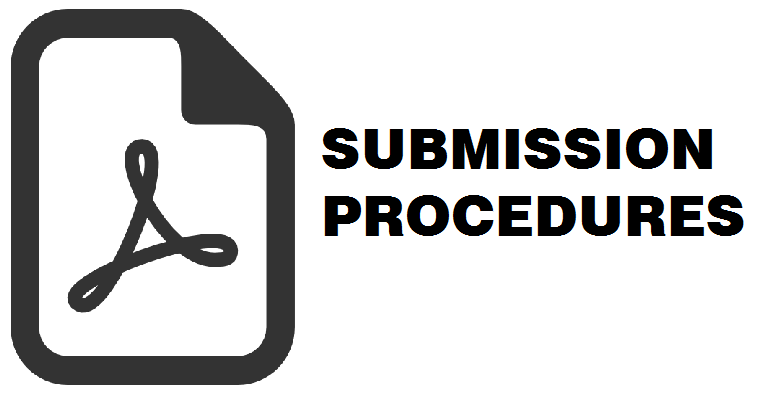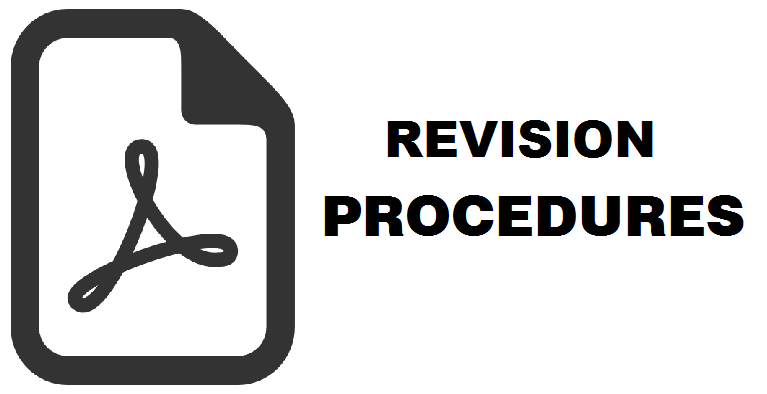Characterizing River Baseflow Recession Using Linear Reservoir Model in Alang Watershed, Central Java, Indonesia
Bokiraiya Okky Latuamury(1*), Lydia Riekie Parera(2), Husein Marasabessy(3)
(1) Forestry Department of the Agriculture Faculty of Pattimura University, Ambon, Indonesia
(2) Forestry Department of the Agriculture Faculty of Pattimura University, Ambon, Indonesia
(3) Forestry Department of the Agriculture Faculty of Pattimura University, Ambon, Indonesia
(*) Corresponding Author
Abstract
Alang is a sub-watershed emptying into the Gajah Mungkur Reservoir in Wonogiri, Central Java Indonesia, with an area of 51.01 km2 and lithology composed of Baturetno Formation and Wonosari Formation. Baseflow is a major component of river flow during the dry season. Hence, the characterization of its recession becomes necessary, and it can be performed with innovation in baseflow hydrological modeling, that is, the recession curve. This study was designed to describe the distinctive features of baseflow recession using a linear reservoir model, which is depicted in individual and master recession curves. The baseflow recession in AlangSubwatershed was represented by a combination of varying initial recession discharge (Q0), α, and recession constants (Krb). The individual recession curves were typified by Q0=0.19-9.11, α= 0.089-0.243, and Krb=0.7843-0.9148. As for the master recession curve, it had Q0=9.99, α=0.085, and Krb=0.928. These results signify a sloping recession curve, meaning that the water storage and aquifer characteristics that store and transmit water in Alang Subwatershed are in good condition.
Keywords
Full Text:
PDFReferences
Biswal, B.,and Marani, M., (2010). Geomorphological origin of recession curves. Geography physics Research Lett. 37 (24), L24403. http://dx.doi.org/10.1029/2010gl045415
Boussinesq, J., (1877). Essai sur la theorie des eaux courantes: du mouvemont non permanent des eaux souterraines. Academic Scientic Institute France. 23, 252–260.
Brutsaert, W., (2008). Long-term groundwater storage trends estimated from streamflow records: climatic perspective. Water Resource Research. 44 (2), W02409.
Gregor, M., (2010). HydrOffice user manual version 2010. http://hydrooffice.org
Gregor, M., and Malík, P., (2012a). Construction of master recession curve using genetic algorithms. Journal of Hydrology Hydromech., 60(1), 3-15. Doi: 10.2478/v10098-012-0001-8
Gregor, S. and Malik, (2012b). HydrOffice user manual version 2012. http://hydrooffice.org
Harto, S., (1993). Hidrologi terapan. Biro Penerbit Keluarga Mahasiswa Teknik Sipil, Faculty of Engimeering, UGM
Maillet, E., (1905). Essai d'hydraulique souterraine et fluviale. Libraire Sci., A. Herman, Paris. (Cited in Hall (1968)
Nathan, R.J., and McMahon, T.A. (1990). Evaluation of automated techniques for base flow and recession analysis. Water Resources Research, Vol. 26. No. 7, Pages 1465-1473.
Shaw, S.B., and Riha, S.J., (2012). Examining individual recession events instead of a data cloud: Using a modified interpretation of dQ/dt–Q streamflow recession in glaciated watersheds to better inform models of low flow. Journal of hydrology 434, 46–54.
Szilagyi, J., Gribovszki Z., and Kalicz P., (2007). Estimation of catchment-scale evapotranspiration from base flow recession data: numerical model and practical application results. Journal of hydrology, 336:206–17, doi: 10.1016/j.jhydrol.2007.01.004
Tallaksen LM., (1995). A review of baseflow recession analysis. Journal of hydrology,165:349–70, doi:10.1016/0022-1694(94)02540-R.
Thomas, B.F., Richard, M.V., and Famiglietti, J.S., (2015). Objective hydrograph baseflow recession analysis. Journal of hydrology. 525, 102-112.
Yue, S. and Hashino, M. (2000). Unit hydrograph to model quick and slow runoff component of streamflow. j=Journal of Hydrology, 227: 195-206.
Article Metrics
Refbacks
- There are currently no refbacks.
Copyright (c) 2020 Bokiraiya Okky Latuamury

This work is licensed under a Creative Commons Attribution-NonCommercial 4.0 International License.
Accredited Journal, Based on Decree of the Minister of Research, Technology and Higher Education, Republic of Indonesia Number 225/E/KPT/2022, Vol 54 No 1 the Year 2022 - Vol 58 No 2 the Year 2026 (accreditation certificate download)
ISSN 2354-9114 (online), ISSN 0024-9521 (print)










